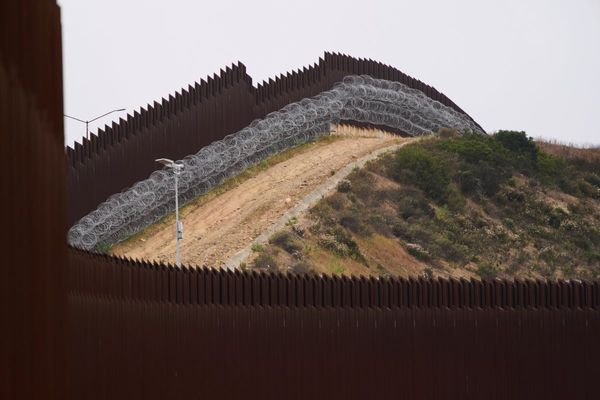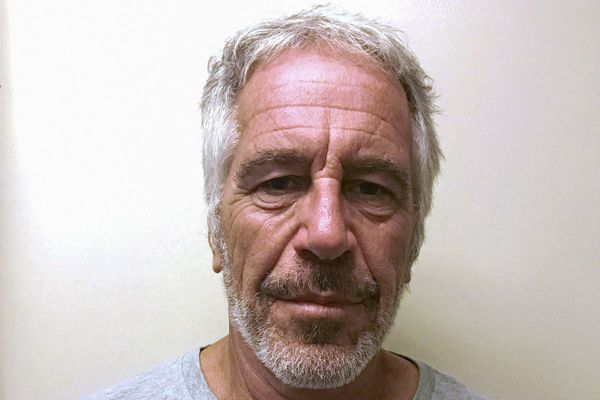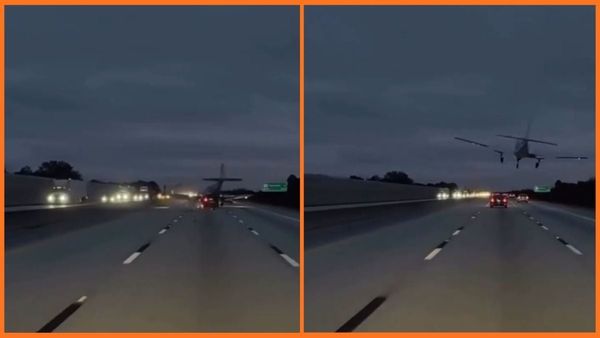
For a photographer whose primary subject is death, Judith Nangala Crispin is surprisingly chipper. Her works are “portraits of what remains after an animal has died”, she tells Guardian Australia. They are elegies to newly deceased creatures: lizards squashed underfoot, stillborn calves, pigeons smeared against windscreens. And in Crispin’s art they become haunting, translucent forms, emblazoned across the night sky as if they’re halfway between this life and the next.
Crispin’s latest exhibition – showing as part of this year’s Head On Photo festival – is the culmination of five and half years of work. Its title, Dangerous Stars, refers to the journey of a spirit after death. “Out in the desert, there’s this idea that if you die and you’re not on your own country, then other people can look up to the sky, and they’ll see a shooting star – that you’ll be going back to your own country,” says the artist, a descendant of Victoria’s Bpangerang people. The same holds true with animals. “[I’m] tracking the passage of these animals after they die.”

The work is photographic, though it stretches the limits of image-making in a painstaking process that often takes upwards of 50 hours at a time – and as long as six months. She places her cadavers on to photographic emulsion, then exposes them for lengthy periods of time as they decompose, leaving their ghostly portraits on the final print – what Crispin describes as an “after-echo”. She often introduces natural materials – seeds, honey, sticks, ochre – into the mix to form textural starscapes behind the animal. “You can look at those skies and know what time of the year it would be, or what part of the planet you’re on,” she says.

Sometimes, if she has found the animal on her property in the New South Wales southern tablelands, Crispin will create her work in a giant geodesic dome she has constructed outside her home, which works as an outsized lens. If she encountered the body in the wild, she will expose the print with a portable Perspex box. It has been a long process of trial and error. “I’m a very impatient person and I hated that,” she says. “And the process has changed me, because it made me slow down … I’ve had to overcome my own feeling of frustration and all of the fails.”

She came to the process after decades of searching for her ancestry, the details of which had been obfuscated by a marsh of government records. She found herself in the Northern Territory, where “the old Warlpiri ladies felt sorry for me, and they sort of adopted me,” she says. “What they used to do was leave their canvases outside so the country could mark them with dirt or sand or dead animals. They would say that was the question the country had asked them – and they would try to answer that question with their painting.”

Her work, in turn, is a way to reconnect, instinctively, to the land in both its bounties and mysteries. She wants viewers to come away with a new reverence for the animals they encounter – even roadkill. “We can feel terribly upset because David Bowie died or someone we never met, and we don’t notice a snowy owl that we drive past on the highway. I want to show that the life of a finch is just as important as the life of a world leader, objectively.
“There are actually many finches I would save over some of our world leaders.”







